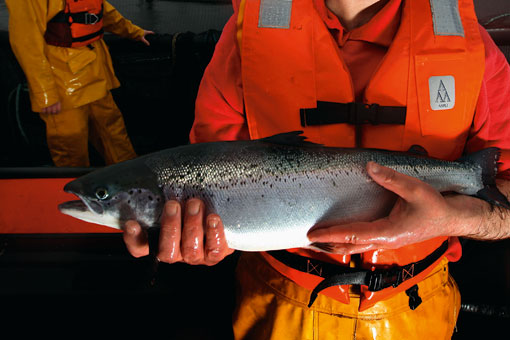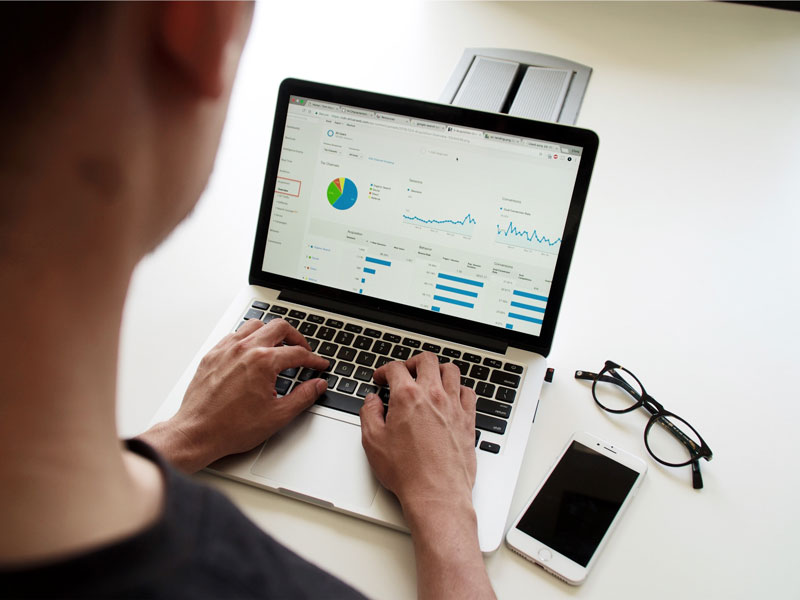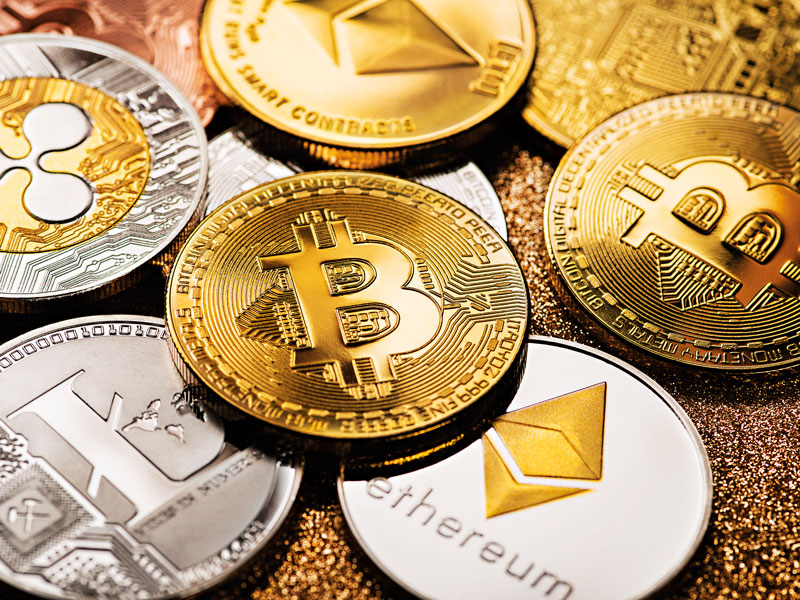Breeding against the tide
Salmon farmers and breeders who dominate global sales have a wary eye on transgenic super-fish that might gulp part of the $107bn-a-year business, writes Walter Gibbs

Geir Isaksen deplores super salmon, “we don’t have any monster pigs in Europe, or monster cows, and there’s no need for such a salmon,” said the chief executive at Norwegian fishery Cermaq.
Genetically modified Atlantic salmon patented by biotech firm AquaBounty are widely billed as growing at double speed and could be approved by US regulators in the coming months, potentially taking the global GM food fight to the fish counter.
“This is a safe and stable construct,” AquaBounty CEO Ronald Stotish told reporters, explaining how technicians inject Atlantic salmon eggs with genes from Pacific Chinook and bottom-dwelling ocean pout.
The result – three species in one, thus transgenic – would be the first GM animal approved for human consumption, joining GM plants like soy and corn that have been altered to tolerate harsh herbicides.
“If it becomes a big thing, it’s clearly negative for the existing salmon farmers,” said Dag Sletmo, an analyst at Oslo investment bank ABG Sundal Collier. Norwegian Atlantic salmon producers led by Cermaq and Marine Harvest provided 65 percent of world supply in 2010, exporting for a record $5.9bn as the big new middle classes of Asia and Eastern Europe stoked demand.
Sletmo said salmon has become a global commodity whose prices could tumble if genetic tinkering boosts supply while puncturing demand in core markets like Europe, where sentiment runs high against GM food.
“We would expect it to be less challenging to market such a fish in US than in Europe, but it is not certain that it would be marketable in the US,” said Joergen Christiansen, spokesman for Marine Harvest, which is “keeping an eye on” AquaBounty.
In an online Washington Post poll last autumn, 58 percent of respondents said they would not eat GM salmon. A European Commission survey at the same time found that 77 percent of Europeans opposed GM food of any kind.
Game-changer?
With its deep fjords, Norway turned out 945,000 tonnes of Atlantic salmon last year – seven times more than second-place Britain and 53 times more than the US, according to research bureau Kontali Analyse.
Stotish called that “a national embarrassment” for his country and said transgenics could help US salmon, shrimp and tilapia producers compete in a hugely competitive aquaculture industry pegged at $107bn last year by market analyst Datamonitor.
A US Food and Drug Administration (FDA) committee has already said AquaBounty salmon are safe to eat and unlikely to damage the environment if raised in land-based tank farms permitting no contact with wild fish.
Stotish said a closed facility to produce 2,000 tonnes of salmon a year would cost $8m to $10m.
“Our salmon would make that facility economically viable from a business standpoint, where it would not be viable using conventional salmon,” he said.
Tank production would also reduce the escapes, pollution and parasites that bedevil sea-pen farmers, he said. And since AquaBounty turns almost all its embryos into sterile females, the wild gene pool should be safe if a superfish ever managed to get loose.
Several experts said rejection would be near automatic if anyone applied to sell GM eggs or fish in Europe. The European Food Safety Authority has no applications pending. “We’re barely allowed to use a blade of grass that’s genetically modified,” said Thoralf Solberg of SalmoBreed, a global egg provider that AquaBounty would challenge.
Fighting stigma
Stotish said his fiercest critics have vast markets and assets to protect, like Alaskan fishermen who coined the epithet “Frankenfish”. He stated that he had “no desire to get into a fight with the Europeans”.
“Ten or 20 years from now they too might be interested in it, but at the moment this battle is not being fought on the science,” said Stotish, a biologist. He said the first commercial batch of his “AquAdvantage” salmon could reach stores in 2013 if the FDA permits egg sales this summer. An FDA spokeswoman said such speedy approval was possible if the agency agrees to waiver a major environmental study.
“We have a hatchery and are capable of producing eggs right now,” said Stotish, adding that interest by potential fish-farm clients was “encouraging and fairly broad-based”. Stotish said Massachusetts-based AquaBounty seeks a US foothold before looking “absolutely” to China.
European breeders object
Today, farmers keep only young salmon in tanks and move them to sea until harvesting, usually at two to three years of age. Left to grow old, AquaBounty salmon get no larger than the standard kind. Their advantage, the company says, is that “growth rates permit harvest in approximately half the time”.
Trygve Gjedrem, senior scientist at Norway’s NOFIMA institute, said that was misleading because comparison growth charts submitted to US regulators show the GM fish’s double-speed growth advantage petering out early in life.













